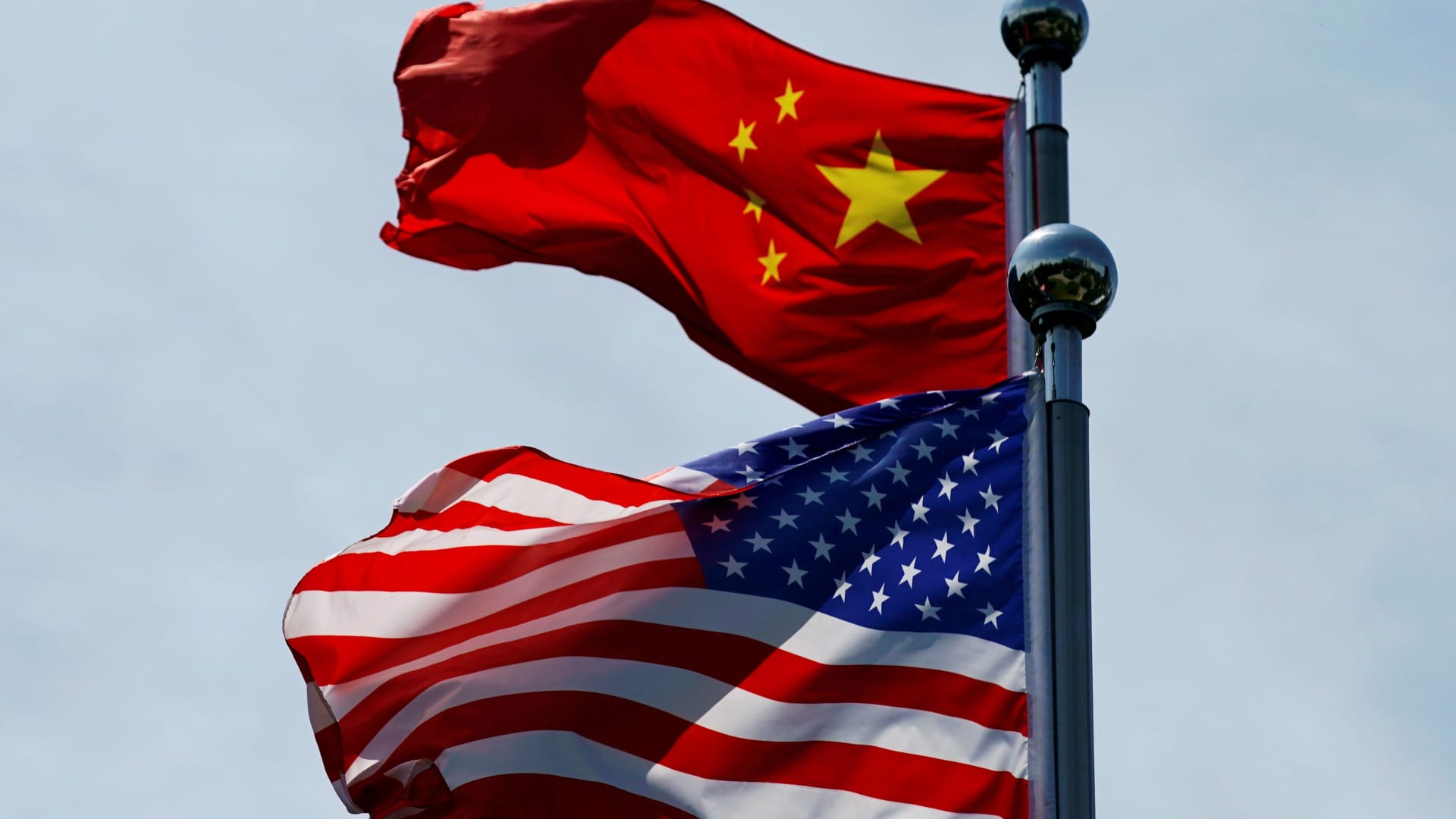- cross-posted to:
- [email protected]
- [email protected]
- cross-posted to:
- [email protected]
- [email protected]
- China’s finance ministry on Friday said it will impose a 34% tariff on all goods imported from the U.S. starting on April 10.
- The ministry criticized Washington’s decision to impose 34% of additional reciprocal levies on China — bringing total U.S. tariffs against the country to 54% — as “inconsistent with international trade rules.”
- U.S. stock futures and European markets fell sharply on news of the reciprocal tariffs.



So a tariff is like punching the other guy but also punching yourself, only the US is doing that to a lot of people so all the other countries get hit a few times sure but the US is beating itself black and blue.
As an example of that, Canada currently depends massively on trading with the US. US tariffs are devastating to Canada’s economy.
But, over the last week or so, the Canadian dollar has done extremely well against the US dollar because for all the damage the US is doing to Canada, it’s hurting itself so much more.
And I hope Canada can manage to find stronger trade partners with everyone else, especially the EU
It would be smart to diversify, but it’s going to take a long time, and it’s never going to be as efficient as just moving things across the biggest land border in the world.
Canada would have to build up the Atlantic shipping ports, and all the rail and highway connections leading to those ports to do more business with Europe. That’s going to be expensive and take a long time.
As an example, Australia is an isolated continent so everything entering/leaving has to go by port. Its largest port is the Port of Port Hedland in WA. That port handles more than 500 million tonnes of cargo every year.
By contrast, the biggest port in Canada is the Port of Vancouver which handles only 140 million metric tonnes, less than 1/3 of what Port Hedland handles. Australia has multiple other ports over 100 million tonnes too.